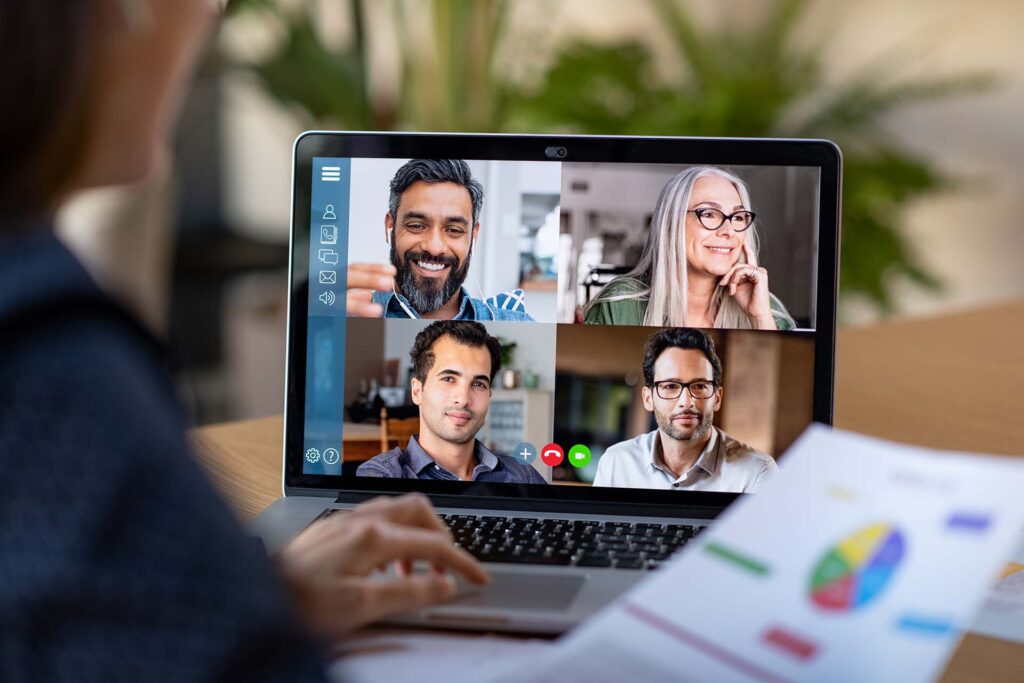WORKERS' COMP THOUGHT LEADERSHIP SERIES
Presented by Plethy Recupe
Simple Ideas for a Complex System

Zooming into the future
by Bill Zachry, SCIF Board Member
One of the keys for companies to survive and prosper during the pandemic was to embrace new technology. Many companies pivoted from mandating all their employees show up every day to utilizing Zoom, Microsoft Teams, or other video conferencing programs to hire, train, maintain their corporate culture and encourage interaction and creativity. Originally, I was skeptical about the process of hiring, training, and managing new claims examiners remotely. The productivity of new examiners and their success are supported by production analytics (claims closures and average claims costs).
A great quote about the success of video conferencing was that it “Allowed people to interact, see each other, and create a bond which resulted in success”. On a personal note, I have found that Zooming or Facetiming with my friends has strengthened my bonds with them. Seeing my friends live is far better than just making a call, emailing, or texting.
A good friend of mine, Kurt Leisure (Risk Manager of The Cheesecake Factory) recently commented that the industry has embraced telemedicine to improve medical care for the injured workers. He asked, “Why don’t the claims examiners facetime with their injured workers?”
I am not sure why the Workers’ Compensation industry has not fully embraced video conferencing as the optimum way to interact with the injured worker. His suggestion sounds like a great idea to me. Back in the dark ages when I was a baby claims examiner I used to go out into the field and take statements from the injured workers. That face-to-face experience allowed me to create a bond, quickly determine compensability, and find out if there were any overriding issues that I needed to solve.
To manage ULAE expenses claims executives stopped sending the examiners out to meet with the injured workers. They thought that a phone call was enough. Most of today’s examiners have never met an injured worker in person. Today the claims examiner is supposed to make a three-point contact phone call attempt to create a bond or a relationship with the injured worker over the phone. Creating a relationship with an injured worker over the phone is very difficult. With all the robot calls that we all get I am surprised that the examiners can get through to the injured workers at all.
Empathy and understanding come from truly understanding the injured workers. The relationship can be better if both sides see each other and spend the right time talking about the injury, return to work, the benefits, and what can be done to make the system work for the injured workers. This can be facilitated by video conferencing.
As with all such proposals the devil is in the details. Though everyone has a cell phone, video conferencing technology is still not available to all. Scheduling and doing video conferences is not easy. Asking injured workers to download apps may be problematic.
Video conferencing with the injured workers is an opportunity to improve the Workers’ Compensation experience for the injured workers, as well as improve the outcomes. This idea brings personalization back to claims handling so that the injured employee feels a relationship with the claims adjuster. It also helps the examiner understand and empathize with the injured worker.



